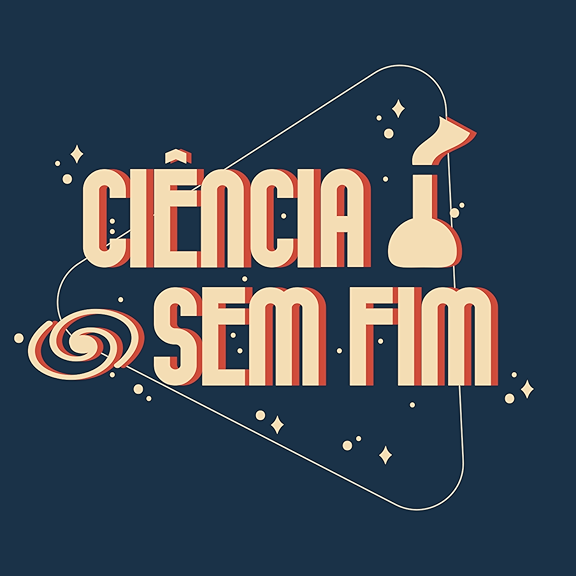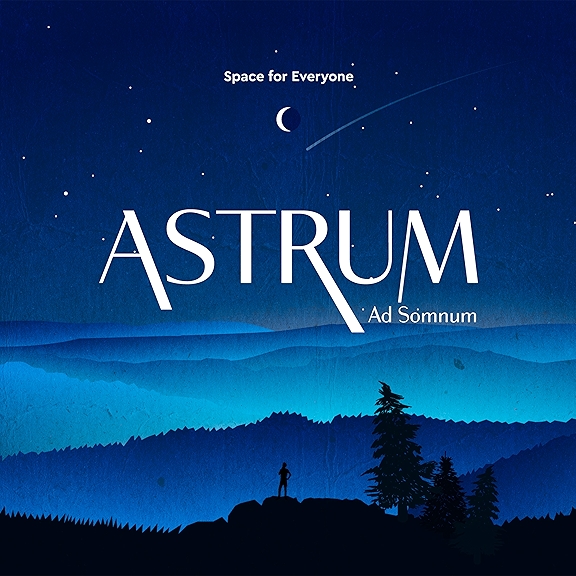
Imagine a forest full of hardwoods (leafy trees). Then imagine towering sentinel Pines standing a full tree length above the rest. Now imagine a full forest of these Pines. That is what the North woods of eastern North America use to look like. Today, the Eastern White Pine is scarcely a remnant of what it use to be. The reason? It built America. A foundational tree in every sense of the word. White Pine is a keystone species, an ecological driver and one of the tallest, straightest, and fattest trees in the North woods. John Pastor came on the podcast to tell the human and ecological history of this species, and it truly opened my eyes.
Resources
Sponsors
Quotes
28.25 - 28.30: “More revenue was generated by harvesting white pine than all the gold in California.”
Takeaways
A foundational species (09.08)
White pine is the largest tree in the Northwoods whose large biomass enables it to capture a lot of the sun’s energy that froze into the food web. It also allows it to control the cycling of nutrients through the food web by the uptake of nutrients and then shedding the needles.
Cultural significance of white pine (12.39)
John shares that Native Americans, particularly the Iroquois and the Algonquins (the Anishinabe) revered white pine. The Iroquois associate the 5 needle pines with the 5 original nations of the Iroquois Confederacy.
High grading or forestry? (16.24)
John acknowledges that logging helped people build homes, workplaces and bridges without importing. White pine is big and gave a lot of clear lumber, which could be cut into large sizes for large construction.
“The tree that made North America” (28.31)
New England colonists were not happy to share the lumber they harvested with England. The parliament passed laws marking white pines larger than 24” as reserved for the King, which resulted in a riot.
What Nature means (38.53)
“Europeans looked at natural resources as a commodity they needed to build civilization; First Nations looked at themselves as a part of nature”, John comments.
They can choose not to share their stories (46.22)
John is hopeful about the growing collaboration between foresters, ecologists and land managers and Indigenous Peoples. He cautions any white listeners not to demand Indigenous peoples share their stories.
Magical mycorrhizae (59.48)
John discusses mycorrhizae, the symbiotic relationships between plant roots and fungi. Mycorrhizae have helped restore white pine and protect forest cover.
Fire protects forests (1.07.31)
Thinning of young pines helped preserve the forest since the larger, older pines were more fire-tolerant due to their thick corky bark. This also helped people shift their perspective of fire.
Ecological forestry (1.18.31)
John agrees with the “save all the parts” philosophy but also sees the role timber plays in maintaining the sustainability of human populations. Many foresters today are mindful that their role is not to supply timber but to preserve the planet for future generations.
An experiment in forest management (1.27.28)
John believes that only successful forests which produce high-quality lumber are able to afford ecological silvicultural management of the forest. He discusses the difficulties in maintaining the different types of forests.
Looking to the future (1.32.43)
John summarizes that throughout history, each way of looking at forests has built upon and been added to the previous. Some views are coming into conflict now, but science will always take precedence when making decisions about the future of the forest.




















